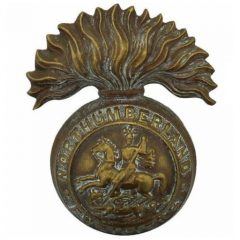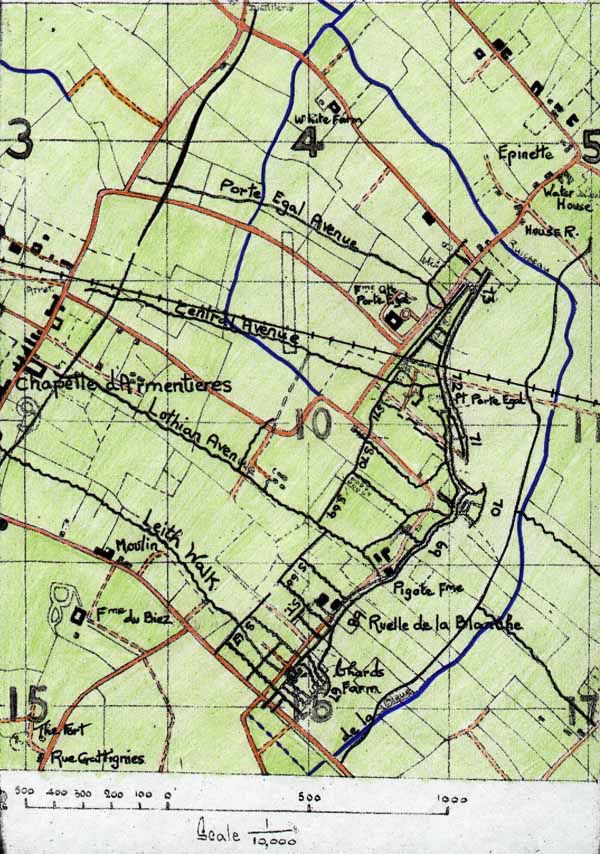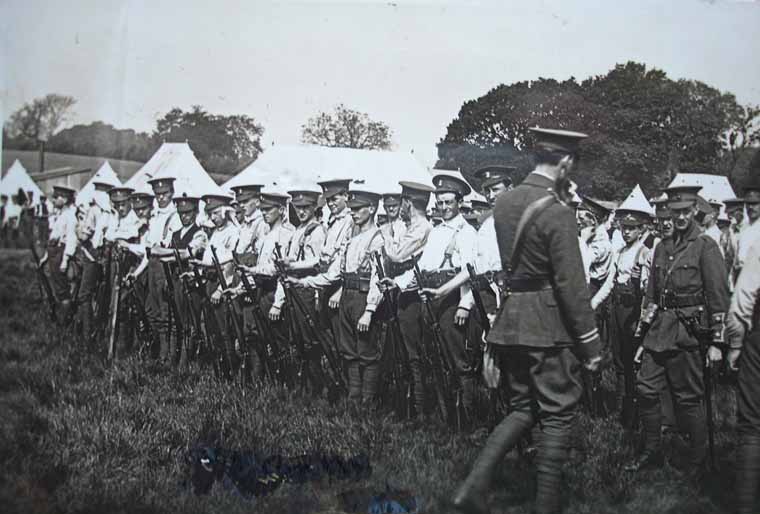Historical Context The Arras offensive, which is now officially referred to as the Battle of Arras, ended on the 24th of May. Although more limited actions did continue in the area right through…
You must be logged in to view the content of this Chapter.
Preparations were originally focused on launching another offensive on the 21st of April on a front stretching nine miles from Croisilles to Gavrelle, but high winds and poor visibility prevented the artillery and…
You must be logged in to view the content of this Chapter.
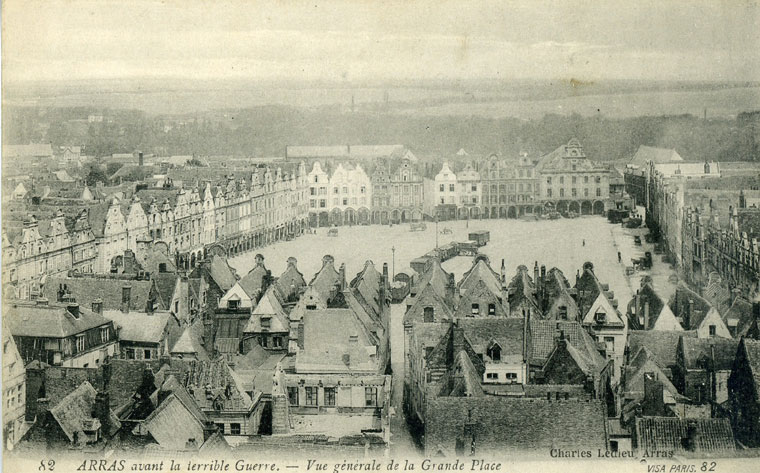
The next day the three Infantry Bdes were on the move towards the front line again; this time the billeting area was centred on villages south of Arras. The 149th Bde relocated to…
You must be logged in to view the content of this Chapter.
Hill 60 Advanced parties set off for the rest billets, to the rear of the Hill 60 lines, in the new area on Wednesday the 15th of December. Over the following two days the 5th…
You must be logged in to view the content of this Chapter.
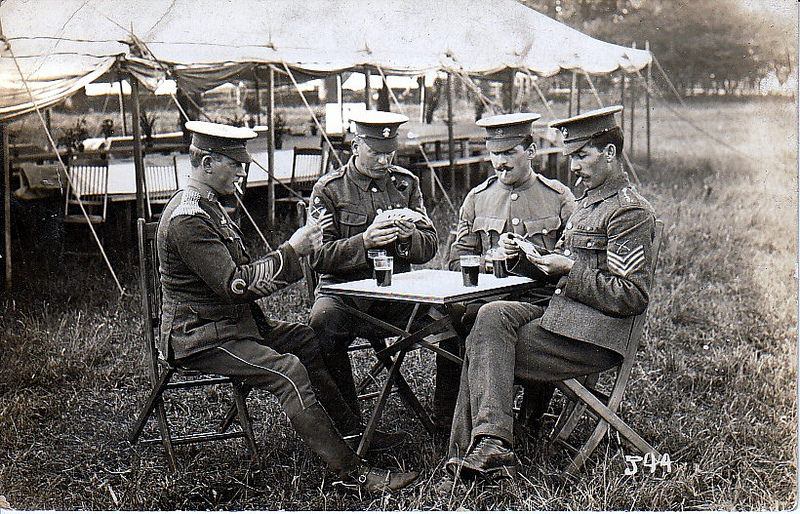
1908-1914 - Life of a TF Battalion Accounts of notable events in the battalion calendar were published monthly in the St George’s Gazette (SGG), the Regimental Magazine of the Northumberland Fusiliers and in…
You must be logged in to view the content of this Chapter.
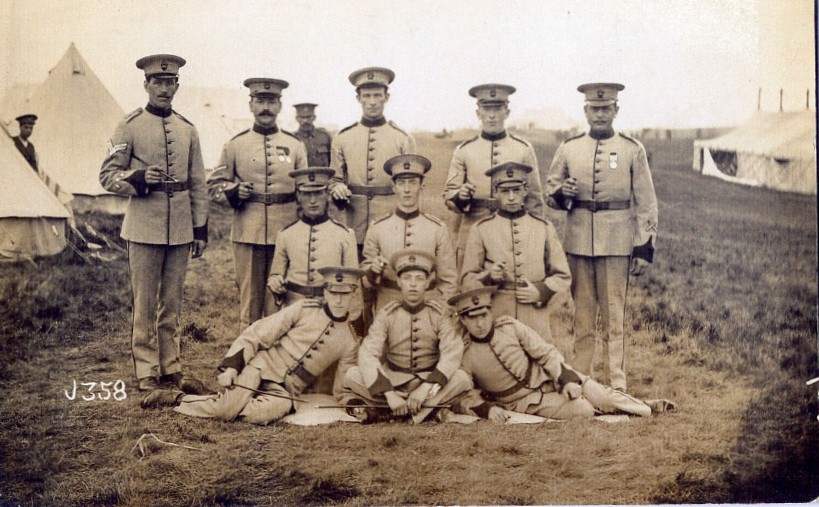
The Tynedale district today (www.tynedale.gov.uk) Introduction On the 20th of April 1915, eleven hundred men from the Tynedale district of Northumberland, embarked for the continent with the local volunteer battalion of the Northumberland…
You must be logged in to view the content of this Chapter.
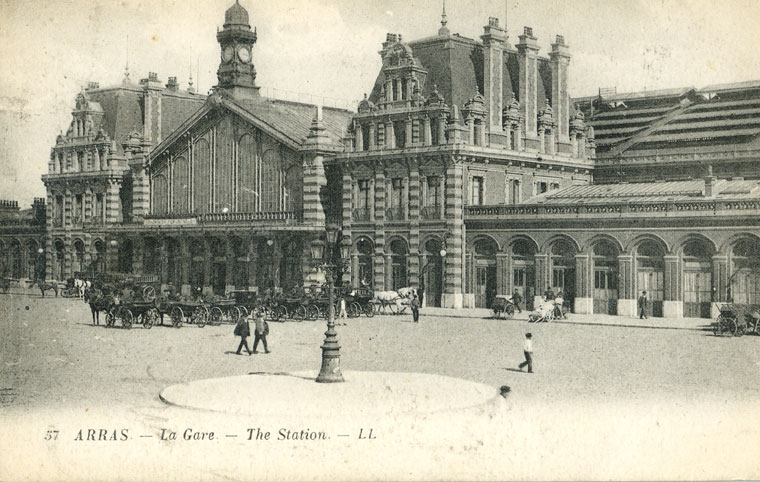
Historical Context The allied plan to launch an offensive on two fronts in the spring of 1917 had started to take shape the year before, but it was put in jeopardy by the…
You must be logged in to view the content of this Chapter.
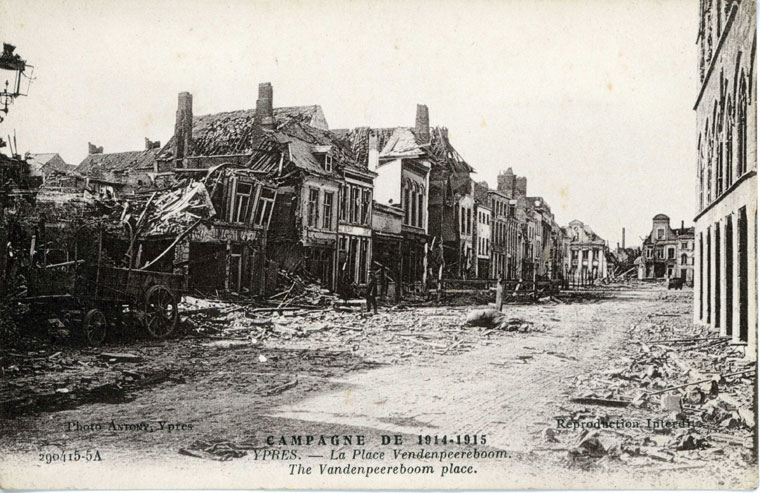
Lt Col Alfred James Foster Context Within six weeks of the British mobilisation, the German Army had fought their way to within thirty miles of Paris before being checked at the Battle of…
You must be logged in to view the content of this Chapter.
